Definitely not a ruby due to the colour, to be honest I'm not sure if it's a sapphire either but hey it could be.
-
Please join our new sister site dedicated to discussion of gold, silver, platinum, copper and palladium bar, coin, jewelry collecting/investing/storing/selling/buying. It would be greatly appreciated if you joined and help add a few new topics for new people to engage in.
Bullion.Forum

You are using an out of date browser. It may not display this or other websites correctly.
You should upgrade or use an alternative browser.
You should upgrade or use an alternative browser.
❓Your Mineral Identification Questions answered here
- Thread starter user 4386
- Start date

Help Support Prospecting Australia:
This site may earn a commission from merchant affiliate
links, including eBay, Amazon, and others.
- Joined
- Oct 2, 2018
- Messages
- 130
- Reaction score
- 229
Yeah i thought unless it was a pink to red colour then it was a sapphire. I was told uv lights show rubies due to the chromium content in them? It definitely looks like a sapphire and can see through it pretty well but thats why i thought I'd ask here as I am not very experienced. If not sapphire i wonder what else it could be? Thanks for the input heatho
- Joined
- Jan 2, 2018
- Messages
- 373
- Reaction score
- 315
I have this challenge for you Goldierocks, found associating with Chalcedony geodes and a stone that appears to be limestone origin as in coral;
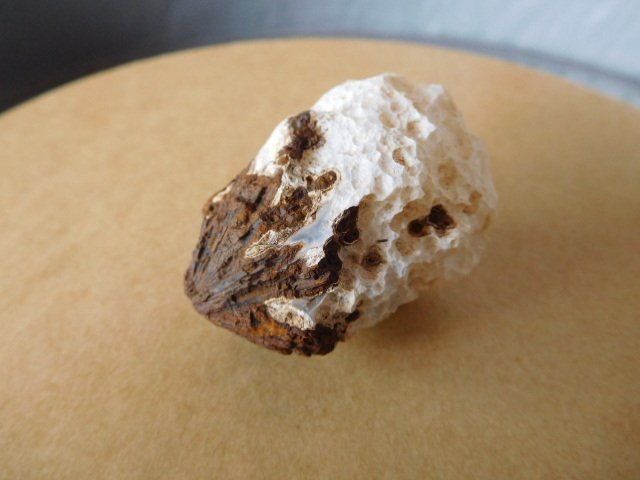
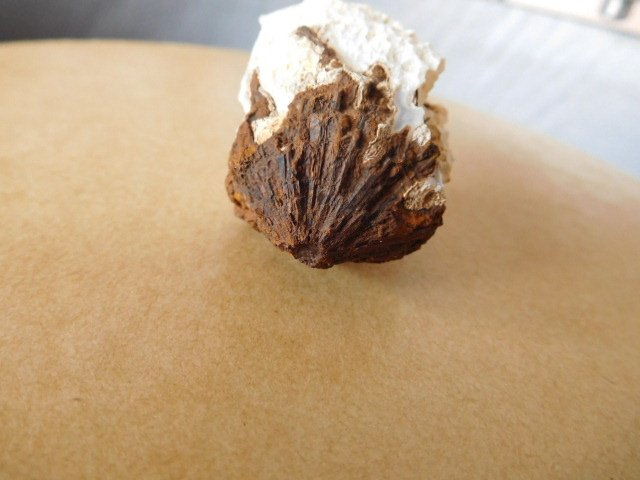
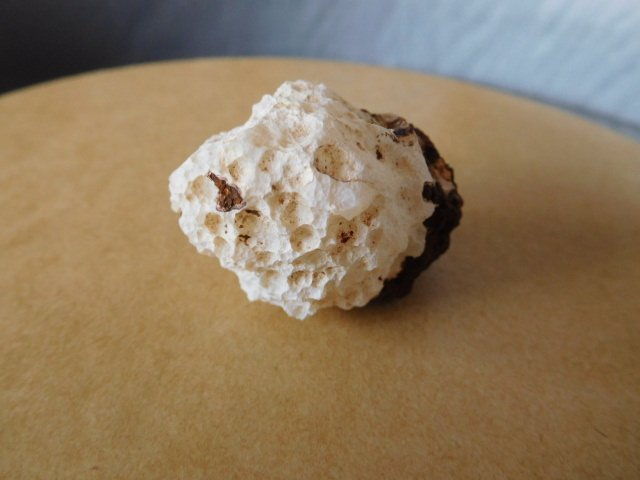



- Joined
- Oct 2, 2018
- Messages
- 130
- Reaction score
- 229
Im an idiot  the missus asked if the reason it glows might be because its a mixture of a blue sapphire and ruby to make purple like colours do. Quick google search proved her theory to be correct. Apparently purple has trace amounts of elements found in both sapphires and rubies. I'll never hear the end of how she was right :8
the missus asked if the reason it glows might be because its a mixture of a blue sapphire and ruby to make purple like colours do. Quick google search proved her theory to be correct. Apparently purple has trace amounts of elements found in both sapphires and rubies. I'll never hear the end of how she was right :8
- Joined
- May 1, 2014
- Messages
- 1,958
- Reaction score
- 2,530
Firepanther said:Im an idiotthe missus asked if the reason it glows might be because its a mixture of a blue sapphire and ruby to make purple like colours do. Quick google search proved her theory to be correct. Apparently purple has trace amounts of elements found in both sapphires and rubies. I'll never hear the end of how she was right :8
Mate, they are always right
- Joined
- Oct 2, 2018
- Messages
- 130
- Reaction score
- 229
Lefty said:Firepanther said:Im an idiotthe missus asked if the reason it glows might be because its a mixture of a blue sapphire and ruby to make purple like colours do. Quick google search proved her theory to be correct. Apparently purple has trace amounts of elements found in both sapphires and rubies. I'll never hear the end of how she was right :8
Mate, they are always rightlayful:
Ain't that the truth :lol:
- Joined
- Aug 19, 2018
- Messages
- 8
- Reaction score
- 4
I'm new to all this and wanted some expert eyes on it before I crush it. Found this little fella in the river near Canberra while doing a clean up, it was shinny even though it was overcast, various shades of copper and gold when its not wet and not in light, I'm thinking quartz and Pyrite but guess if it holds it color in the shade maybe not. It weighs 260grms if that means much, it seems heavy for its size. cheers
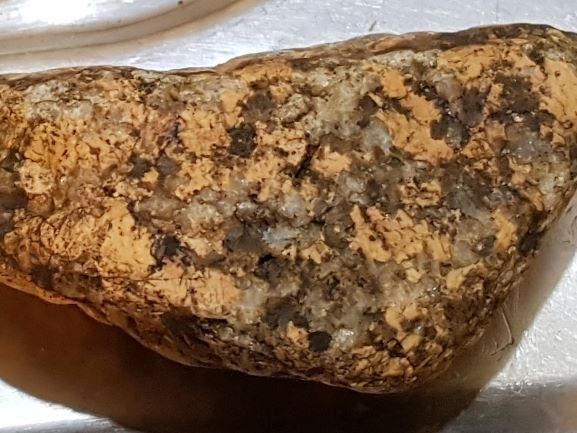
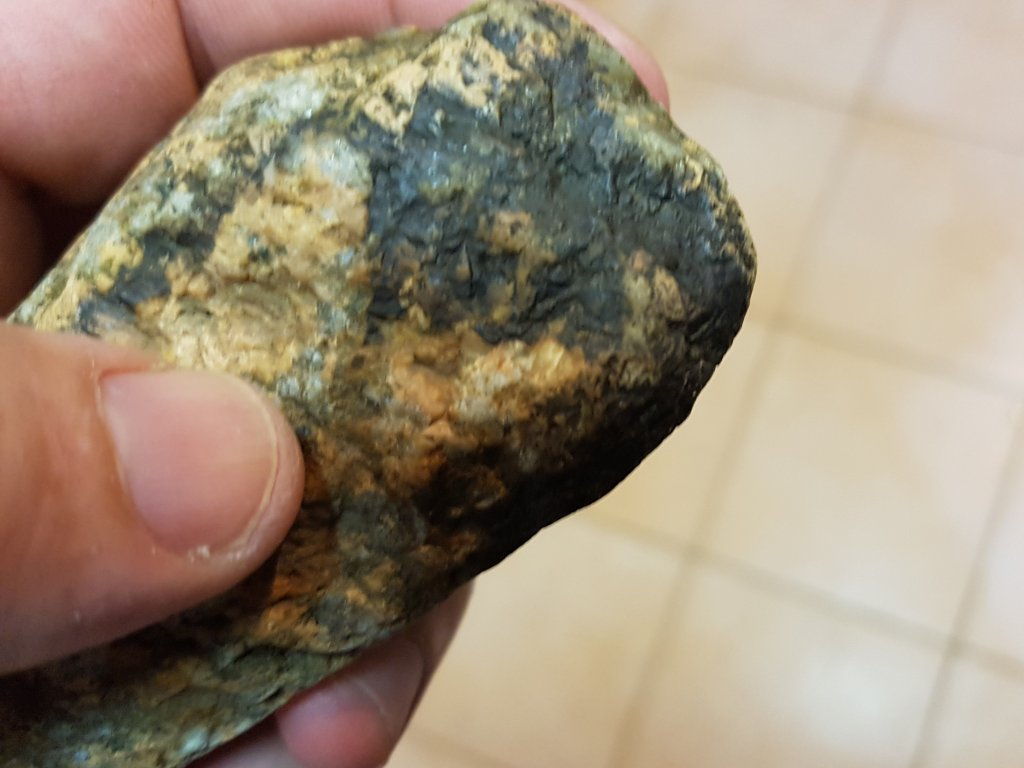
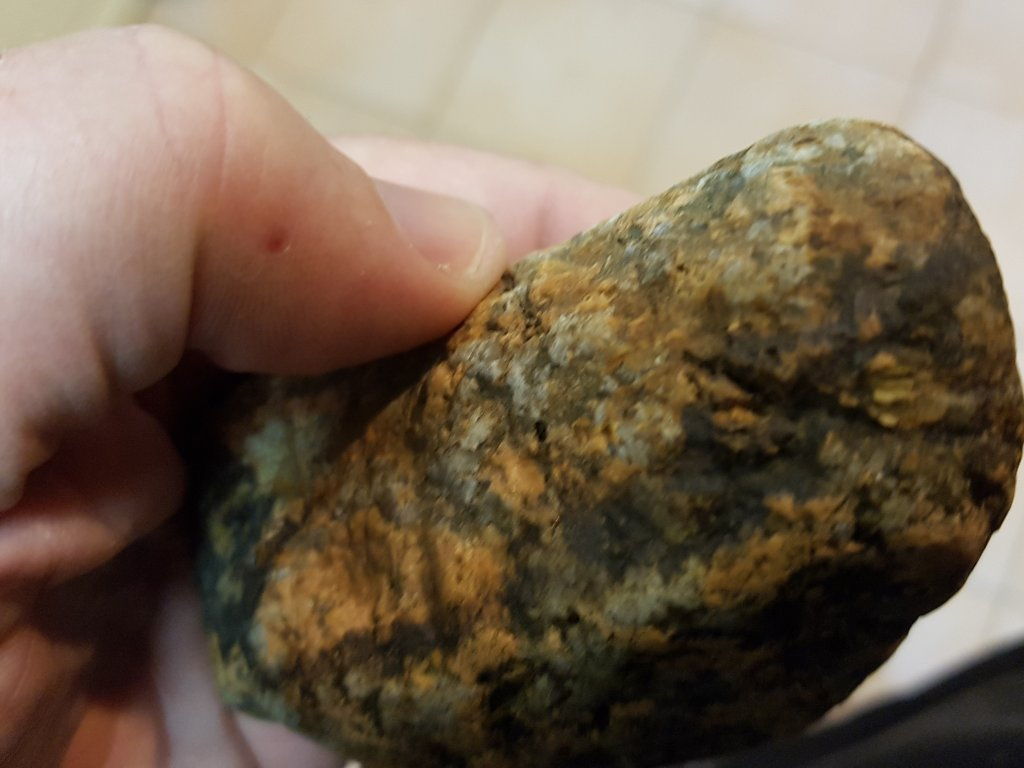



I suspect that you might be looking at material of quite different ages. The older consisting of a radial crystal aggregate of tremolite or actinolite (although there might be other possibilities). The younger - your "limestone" a weathering calcrete where the tremolite is near surface.Pat Hogen said:I have this challenge for you Goldierocks, found associating with Chalcedony geodes and a stone that appears to be limestone origin as in coral;
https://www.prospectingaustralia.com/forum/img/member-images/11720/1539246212_dscn1811.jpg
https://www.prospectingaustralia.com/forum/img/member-images/11720/1539246212_dscn1812.jpg
https://www.prospectingaustralia.com/forum/img/member-images/11720/1539246212_dscn1813.jpg
Referred to here as actinolite asbestos (asbestos just means fibrous):goldierocks said:I suspect that you might be looking at material of quite different ages. The older consisting of a radial crystal aggregate of tremolite or actinolite (although there might be other possibilities). The younger - your "limestone" a weathering calcrete where the tremolite is near surface.Pat Hogen said:I have this challenge for you Goldierocks, found associating with Chalcedony geodes and a stone that appears to be limestone origin as in coral;
https://www.prospectingaustralia.com/forum/img/member-images/11720/1539246212_dscn1811.jpg
https://www.prospectingaustralia.com/forum/img/member-images/11720/1539246212_dscn1812.jpg
https://www.prospectingaustralia.com/forum/img/member-images/11720/1539246212_dscn1813.jpg
https://www.asbestos.com/wp-content/uploads/actinolite-asbestos-1.jpg
https://static.wixstatic.com/media/...jpg_srz_1245_830_85_22_0.50_1.20_0.00_jpg_srz
- Joined
- Jan 2, 2018
- Messages
- 373
- Reaction score
- 315
Interesting; the specimen appears to be a puffball of ...crete hosted by a radial something. Your posts bring the combination to an interesting deduction.
- Joined
- Aug 19, 2018
- Messages
- 8
- Reaction score
- 4
Had a closer look today, Goldie is right, its sedimentary. I hit it with the hand shovel and nothing when I found it, its harder than limestone I've found before so didn't think it was conglomerate, but there you have it.
It is what we call pedogenic (soil) calcrete and has the composition of limestone. Usually rocks (such as the tremolite rock) break down by weathering at surface into fragments to form loose gravel. However at certain latitudes and under certain conditions (rainfall, topography), a layer of calcrete soil forms near surface and cements the gravel pebbles together to form pedogenic (soil) calcrete.Lucky leprechaun said:Had a closer look today, Goldie is right, its sedimentary. I hit it with the hand shovel and nothing when I found it, its harder than limestone I've found before so didn't think it was conglomerate, but there you have it.
Found this yesterday, thought it was a garnet embedded in rock. But it has pentagon sides, and I think garnets have diamond shaped sides? So probably not a garnet? It's pretty small, about a couple mm across, so it's hard to do tests on.
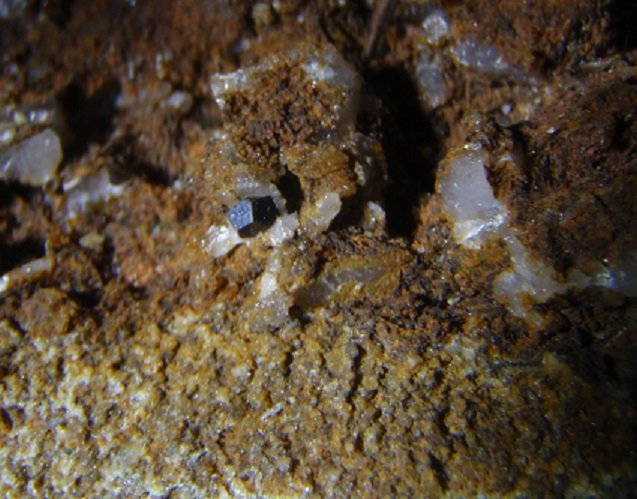

Limonite after pyrite in pentagonal dodecahedron form?:22shells said:Found this yesterday, thought it was a garnet embedded in rock. But it has pentagon sides, and I think garnets have diamond shaped sides? So probably not a garnet? It's pretty small, about a couple mm across, so it's hard to do tests on.https://www.prospectingaustralia.com/forum/img/member-images/3817/1539506592_pa141048.jpg
https://ricenorthwestmuseum.org/2015/09/30/whats-in-the-box-shaping-up/
- Joined
- Oct 2, 2018
- Messages
- 130
- Reaction score
- 229
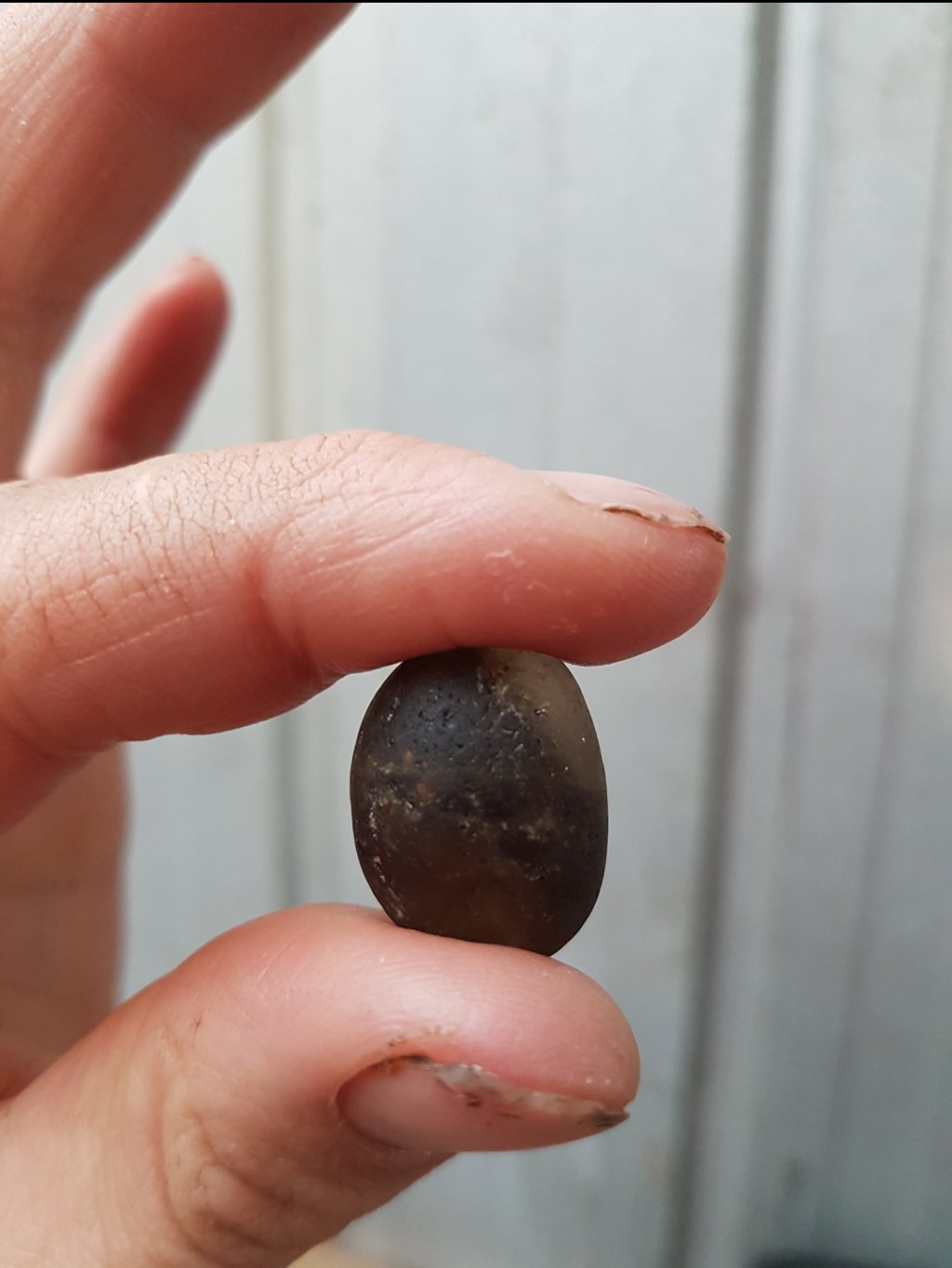
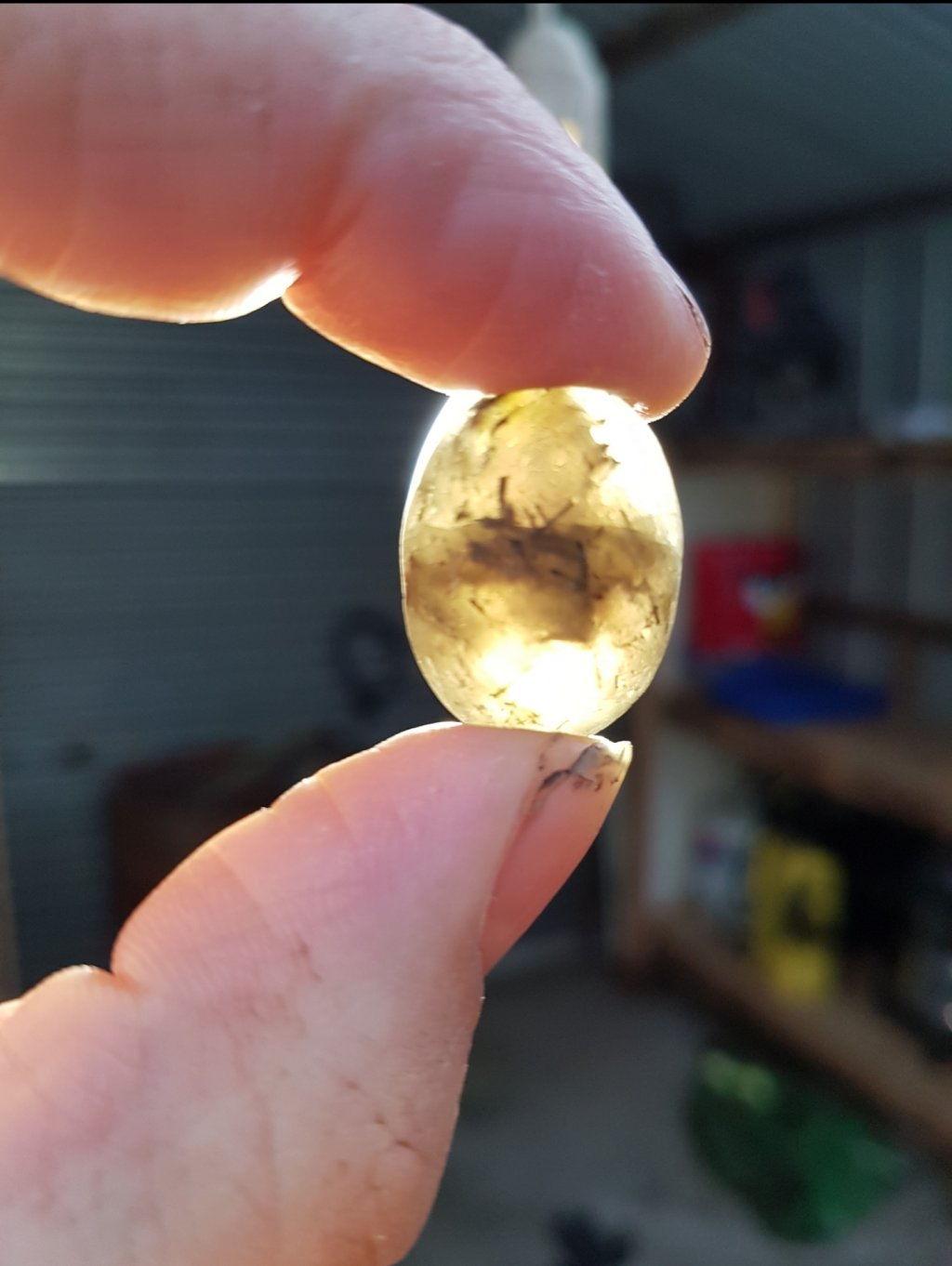
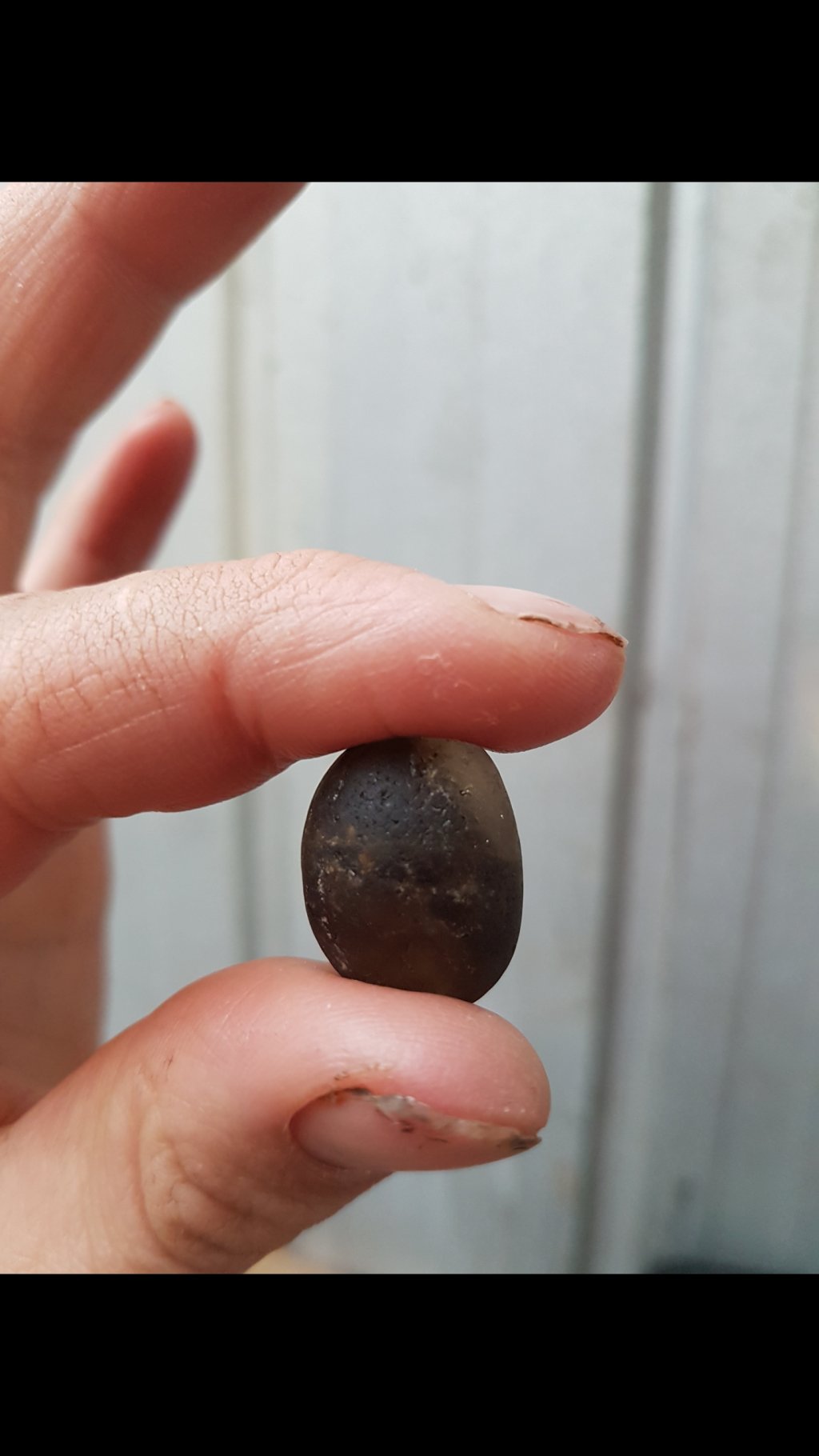
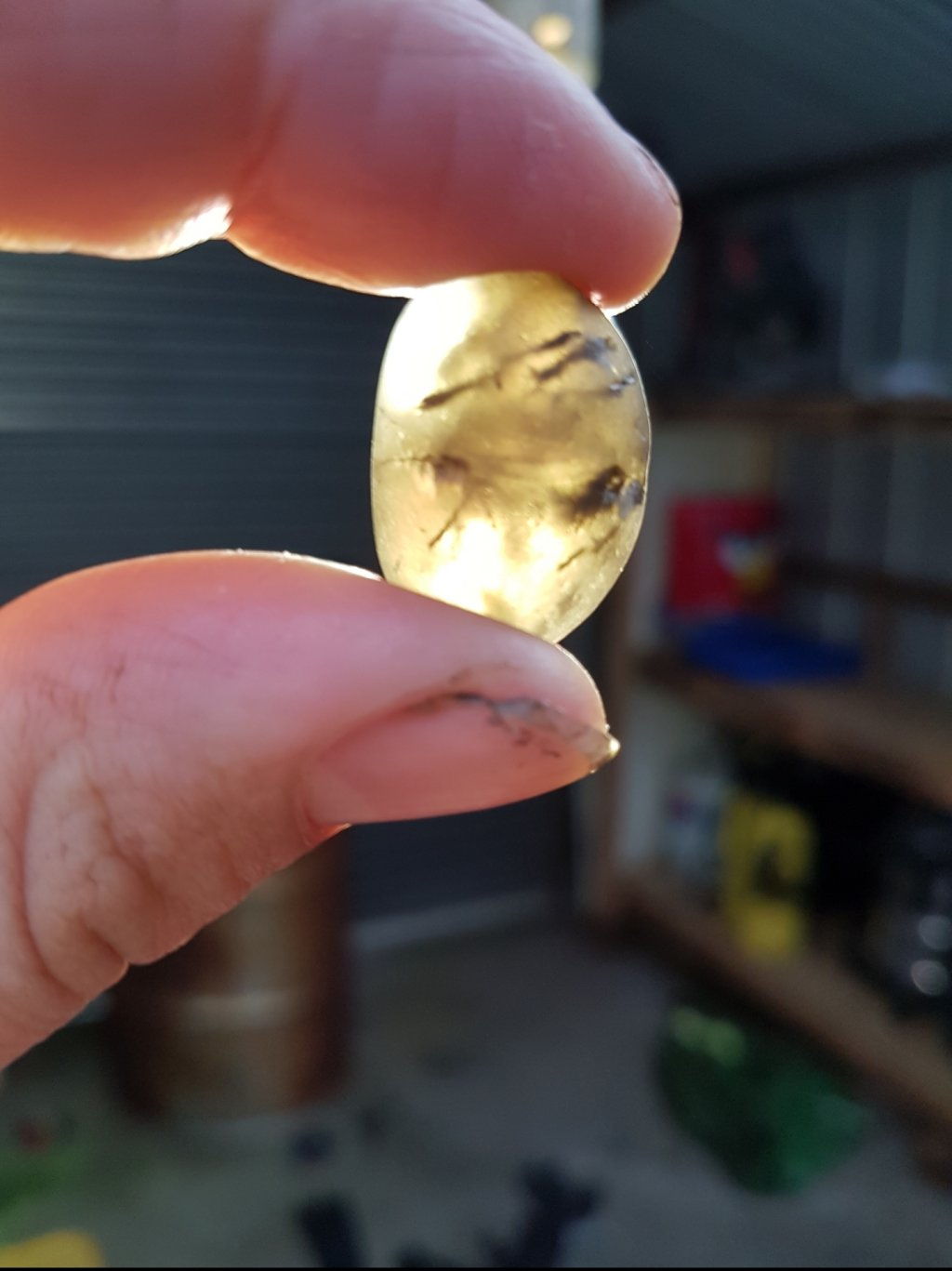
So thought this was quartz but couldn't get a scratch from topaz on it but sapphire leaves mark. Has like black crystal veins? running through it.
- Joined
- Oct 2, 2018
- Messages
- 130
- Reaction score
- 229
Yeah it looks weird. 46ct so not small.
- Joined
- May 1, 2014
- Messages
- 1,958
- Reaction score
- 2,530
Looks like waterworn smoky quartz, but you say it's too hard to be that?
I was shown some brown topaz crystals while digging kn far north QLD - the colour of them would have had me saying they were smoky quartz but the un-weatherd crystal in its perfect original shape showed that they were indeed topaz.
Interestngly, I believe that treated blue topaz is made that colour by first irradiatiing colourless topaz which turns brown in response. The brown topaz is then heated and turns intense blue.
I was shown some brown topaz crystals while digging kn far north QLD - the colour of them would have had me saying they were smoky quartz but the un-weatherd crystal in its perfect original shape showed that they were indeed topaz.
Interestngly, I believe that treated blue topaz is made that colour by first irradiatiing colourless topaz which turns brown in response. The brown topaz is then heated and turns intense blue.
- Joined
- Oct 2, 2018
- Messages
- 130
- Reaction score
- 229
Lefty said:Looks like waterworn smoky quartz, but you say it's too hard to be that?
I was shown some brown topaz crystals while digging kn far north QLD - the colour of them would have had me saying they were smoky quartz but the un-weatherd crystal in its perfect original shape showed that they were indeed topaz.
Interestngly, I believe that treated blue topaz is made that colour by first irradiatiing colourless topaz which turns brown in response. The brown topaz is then heated and turns intense blue.
So after you said a smokey quartz which was my 1st instinct i tried several areas for scratch tests. The clearer areas left no visible marks but the darker area left marks. So im guessing its quartz but i should test more area next time. Is it common to have a spots that matk and other spots not?
Similar threads
- Replies
- 8
- Views
- 8K
- Replies
- 76
- Views
- 25K
- Replies
- 41
- Views
- 15K


